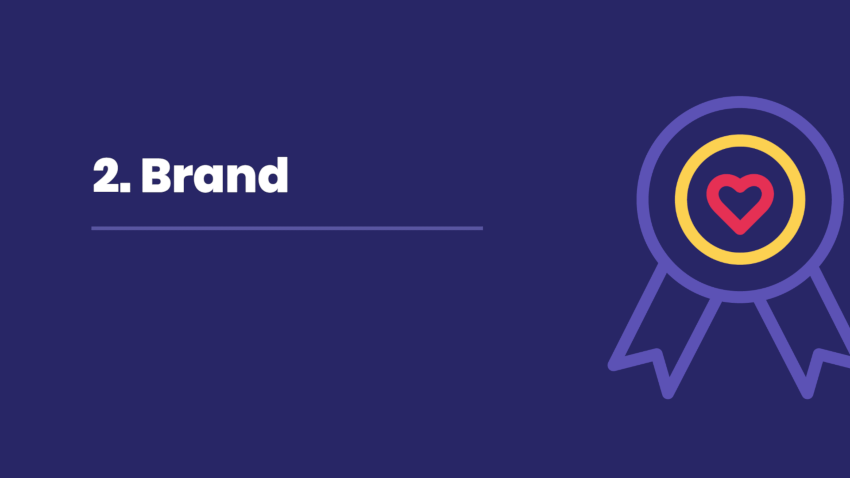“This isn’t about content for content’s sake – every item of content you spend time, effort or money on developing needs to serve a purpose and, ideally, multiple purposes.”
Recently, I ran a content strategy workshop for a firm of accountants specialising in a particular niche market sector and heard myself saying the above, unscripted.
Content for content’s sake – a blight on the reputation of digital marketing and the cause of far too much internet landfill on desolate corporate blogs set up only because people heard somewhere that they were supposed to have one.
What is a blog? Short for ‘web log’. Blogs (noun) are run by bloggers who engage in blogging (verb). A blog is a regularly updated stream of topical content and commentary – anything from a personal diary to a company information feed. This is a blog post on PracticeWeb’s blog.
When blogging got big in the mid-’00s, having previously been a niche pursuit, lots of big organisations got in on the act and countless articles were written with headlines such as ‘Why your business needs a blog’.
Blogs were seen as a way to break free of the burden of paid advertising, to speak directly to potential customers and to boost search engine performance.
Remember, back in 2007, if you linked to another website, and it linked back, you both got a bump. It’s no longer as simple as that and, these days, Google not only discourages certain types of contrived link exchange but actively penalises websites that go down this route.Although there was much talk of the death of blogs a decade or so ago, the arrival of social media platforms such as Facebook, Twitter and LinkedIn actually gave many a new lease of life.
If you use hashtags cleverly, and engage in the right conversations, you don’t need millions of followers – it only takes one piece to go viral, or even just mildly viral in the right circles, for your website to get a meaningful spike in traffic.
PracticeWeb specialises in content for accountants’ websites and we believe in the power of an active blog. Even so, we know they won’t work for every firm.
Neither are they the only medium for content, though. There are eBooks, frequently-asked-questions sections, newsfeeds, factsheets, videos, podcasts and, of course, old-fashioned web pages.
What’s a page and how does it differ from a blog post? A page is a permanent part of your website structure, usually linked from the navigation bar on the homepage. A blog post is an individual item on a blog, usually dated, with a named author, and essentially transitory, moving down the running order as new posts are added. Pages have more authority with Google than blog posts but blog posts can be more responsive and topical.
The purpose of an item of content should to some degree dictate its form, which brings us back to that important question: why content?
Here are a few examples of some common content objectives, though it’s far from a comprehensive list.
Get in touch if you’d like to explore your firm’s content purpose in a content strategy workshop.
Purpose 1: Generating leads
Lead generation is the main thing most of our clients want to achieve, in one way or another.
In practice, these days, this usually translates to content written with search engine optimisation (SEO) in mind – what are people searching for online and how can you make sure your website has the answers they’re looking for?
To stand the best chance of succeeding, though, it’s important not only to carry out SEO in a methodical, strategic way but also to focus on your buyer personas. Who are your ideal clients and how do you reach them in particular?
Content with this purpose might also be designed to close the ‘buyer journey’ – to act as the convincer in a longer process of exploration and consideration. It should make them want to get in touch.
Purpose 2: Expressing brand personality
This is another big one. If you want to position your accountancy firm as approachable or businesslike or respecting tradition or disruptive, content is one of the best ways to do it.
Of course the visual aspect of brand is important but, honestly, this is a symbiotic relationship: content comes alive with good design which comes alive with good content, and so on.
A question we ask in our content workshops is: “What do you want your content to reveal about you?” Answers typically include this sort of thing:
- we care
- we’re fun to work with
- I’m angry!
- we’re steady and sensible
- we’re proud to be Welsh
- I love process
Content can convey all of these different ideas both literally, through statements, and more subtly through tone of voice.
Purpose 3: Proof of knowledge
Saying “We’re experts” is less convincing than demonstrating it.
This can be particularly important for firms that want to prove they know a particular sector or specialise in a particular accountancy service.
If, for example, you claim to be the go-to firm for green energy businesses, your content ought to demonstrate that you are (a) actively interested in green energy developments and (b) understand how UK tax applies.
It’s an opportunity to show the breadth and depth of your professional expertise. That it also tends to be helpful for SEO is an added bonus.
Purpose 4: Saving staff time
In the spirit of full honesty, why do you reckon my colleague Becky was moved to write this post on image editing and optimisation for accountants?
It’s because talking among ourselves, we realised that we’d all had conversations with clients who wanted guidance on this specific issue.
Rather than explain it afresh each time, we decided it would be more efficient to write it up so that if anyone asks again, we can send them this link.
Are there questions your clients ask you all the time? Or conversations you have that would be easier with examples and tables to refer to? If so, a functional piece like this could really help.
Purpose 5: Engaging with current clients
If you want your clients to purchase additional services from you, or more of the services they’re already using, it’s a good idea to remind them you exist periodically.
Whether that’s through monthly bulletins with your firm’s name and logo through a product like our Business and Tax Pack or in the form of tailored blog content, what matters here is having something to email them about, or post about on social media.
In other words, it’s about finding reasons to connect.
Return on investment
Whether you’re investing time, money or both in content for your accountancy firm, you need to make sure it’s giving you the maximum possible value.
Focusing on clear objectives can help achieve that.
If a blog post doesn’t meet your content objectives, why waste a morning writing and editing it?
Clear objectives can also help generate ideas for accountancy blog posts, focusing your creative energy and illuminating what’s currently missing from your website.
Get in touch to discuss content for accountants.





